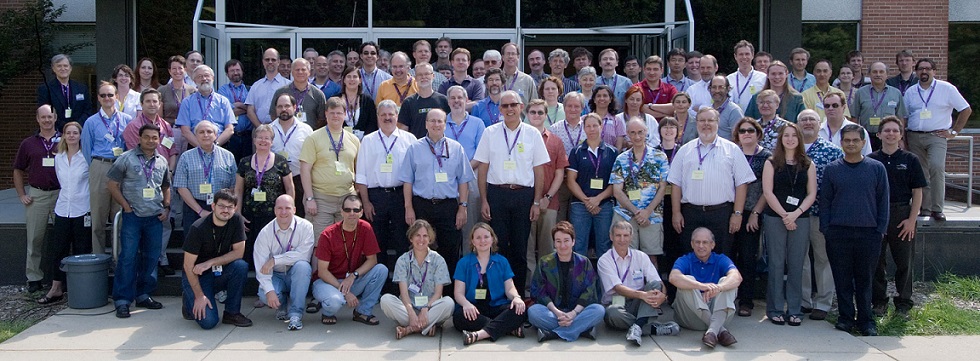What Egyptians Want Now
Call it belated full disclosure. Ever since the ouster of president Hosni Mubarak earlier this year, the Muslim Brotherhood has reemerged as a major force in Egyptian politics. For most of that time, however, it has played coy about its political aspirations and ideological agenda. These days, though, the Islamist movement has become a great deal more frank about its plans for Egypt.
Call it belated full disclosure. Ever since the ouster of president Hosni Mubarak earlier this year, the Muslim Brotherhood has reemerged as a major force in Egyptian politics. For most of that time, however, it has played coy about its political aspirations and ideological agenda. These days, though, the Islamist movement has become a great deal more frank about its plans for Egypt.
“At this period, we would like to lead the society to achieve its Islamic identity in preparation for the Islamic rule,” Saad Husseini, a member of the Brotherhood’s Guidance Bureau, proclaimed at a recent rally in Cairo. These ideas have been echoed by other Brotherhood officials, who haveoutlined sweeping social changes once “Islam enters the lives, ethics, and dealings of the people.”
Not surprisingly, such statements have created an uproar among Egypt’s leftist and secular political parties, who are leery of political competition from their religious flank. Far more telling, however, has been the Egyptian public’s tepid response to the Brotherhood agenda. A recent pollby the International Peace Institute, for example, found only 38 percent of respondents had positive views of the movement, and just 12 percent said they’d actually vote for the Brotherhood if parliamentary elections were held today. This suggests the views of Husseini and company are of significantly more limited appeal than commonly believed—at least for the time being.
But all that could change soon enough. In particular, the country’s upcoming parliamentary elections, now slated for September, may end up giving the movement far greater voice, and power, in Egyptian politics. “If the Brotherhood wins around 30 percent of the seats, it will have significant sway over the writing of the constitution,” Mideast analyst Ryan Mauro has astutely pointed out. In fact, “it may effectively have veto power over key decisions like Hezbollah had in Lebanon before it collapsed the Hariri-led government.” Indeed, other observers have suggested, such an influential minority may be exactly what the Brotherhood is gunning for, since it would allow the group to effectively steer Egyptian politics from behind the scenes. And with a bit of savvy political maneuvering, the Brotherhood’s electoral margin—and its power—could be amplified still further, if the group runs or (aligns itself with) candidates who are nominally independent but privately sympathetic to the group’s outlook.
In other words, there’s still ample reason to worry about Egypt’s political trajectory—and the Brotherhood’s role in it. History, after all, is replete with examples of the most organized political and ideological elements inheriting the fruits of a society in ferment (think of the Bolshevik hijacking of the Russian revolution in 1917, or Hitler’s rise to prominence in Weimar Germany, or Khomeini’s exploitation of anti-Shah sentiment in 1979). Moreover, as I’ve noted previously, Egyptian society is, in the main, both conservative and religious, making it potentially fertile soil for the Brotherhood’s ideas.
Washington has a huge stake in the political contest now unfolding in Cairo. In the aftermath of Mubarak’s ouster, the attention of American policymakers and the media alike has wandered elsewhere (like Libya). Yet it’s hard to overstate the negative impact that an Islamist takeover in Egypt would have on U.S. policy, and American interests, in the Middle East.
But more political pluralism and greater civil society could help temper such an outcome—if not prevent it outright. America therefore needs to make serious investments in the true building blocks of democracy in Egypt: greater political participation, economic liberalization, religious and press freedoms, and transparency.
It certainly has the economic clout to do so. With nearly $2 billion allocated annually, Egypt is one of the largest recipients of American foreign aid. And the future Egyptian government, whatever its political orientation, is bound to remain interested in such economic assistance—and likely to accommodate at least some demands from the West in order to get it.
All of which creates an opening for Washington to influence Egypt’s political direction, if it is bold enough to seize it. If it doesn’t, though, the Muslim Brotherhood most assuredly will.



